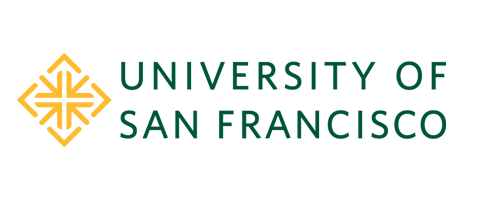Date of Graduation
Summer 8-6-2025
Document Access
Project/Capstone - Global access
Degree Name
Master of Science in Nursing (MSN)
College/School
School of Nursing and Health Professions
Program
Kaiser cohort MSN capstone
First Advisor
Dr. Catherine Coleman
Second Advisor
Dr. Sara Horton-Deutsch
Abstract
Problem - Hospital Acquired Pneumonia (HAP) remains the leading cause of death among hospital-acquired infections, underscoring the need for effective prevention strategies. Between October 2023-2024, six HAP infections occurred in non-ventilated oncology patients. A routine audit revealed zero adherence to the existing evidenced based ROUTE “bundle” to prevent HAP. ROUTE indicates Respiratory care (R), Oral Care (O), Up in bed (U), Tube care (T), Education (E).
Context – In a 325-bed hospital in Northern California, a 26-bed telemetry/oncology microsystem serves a mixed population including immunocompromised, non-ventilated oncology patients at higher risk for developing HAP. A quality improvement project was initiated by the clinical nurse leader (CNL) to reduce HAP incidence by 33.3% over 8 weeks.
Interventions – Increased communication, education and reinforcement of the hospital’s policy and procedures addressed HAP prevention utilizing the ROUTE “bundle”. In addition, a visual aid served as a reminder of the ROUTE “bundle” components for front line nurses and patient care technicians on all shifts.
Measures – Two process measures included improving adherence with oral care and associated documentation twice daily and increasing patient mobilization. Electronic health record (EHR) audits monitored staff compliance.
Results – Initial results indicated 50% compliance between weeks 1-4; weeks 5-8, results increased to 70%-90% adherence.
Conclusions – The CNL can be effective catalysts for change management and performance improvement to reduce HAP. Lack of adherence to existing organizational policies and procedures is a major barrier to achieve optimal outcomes. Increasing staff communication, education and introduction of attractive visual aids can improve patient and organizational outcomes.
Recommended Citation
Villanueva, Carmi, "Preventing Hospital-Acquired Pneumonia in Non-ventilated Oncology Patients" (2025). Master's Projects and Capstones. 1907.
https://repository.usfca.edu/capstone/1907


